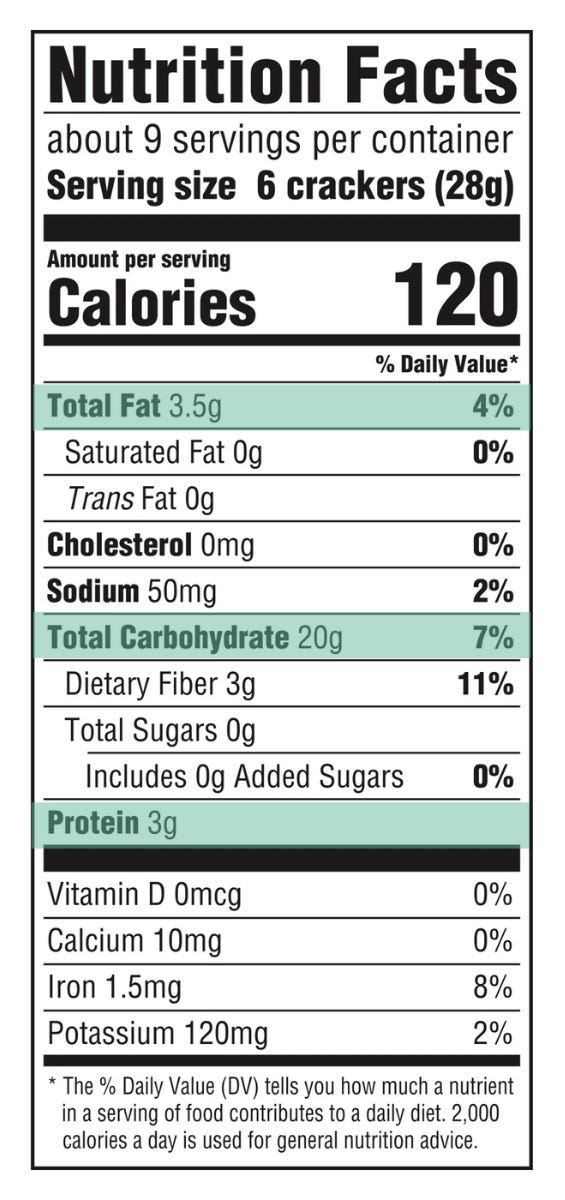Protein: How much do you need, and does the source really matter?
Label reading week 5: how much protein you need, animal vs. plant-based sources, and understanding the protein section of the Nutrition Facts table.
Hello readers! Welcome to Week 5 of my label-reading series, where we’re breaking down each line of the Nutrition Facts table to help you make more informed, confident choices at the grocery store. I’m sharing practical, evidence-based strategies using my real-world approach as a dietitian, so you can read labels with more clarity.
If you missed the previous posts in this series, you can catch up here:
Week 1: Calories - Why they’re not the most important number
Week 4: Not All Carbs Are Equal: Understanding Nutrition Labels
And here are some other related posts that might be helpful:
This week, we’re digging into the protein section. Protein is one of the three macronutrients listed on the Nutrition Facts table, and it’s one that gets a lot of attention, especially with the rise of high-protein products on grocery store shelves. From snack bars to cereals to pasta, "added protein" has become a major selling point.
But how much protein do you actually need? What should you be looking for on the label? And do plant or animal sources make a difference?
We’ll cover all of that in today’s post. Here’s what you can expect:
The role of protein in the diet
How much protein do you actually need? (🔒 PAID only)
Animal vs. plant protein sources (🔒 PAID only)
Common protein ingredients (🔒 PAID only)
Label reading tips (🔒 PAID only)
The role of protein in the diet
Protein is one of the three macronutrients found in food. It’s naturally present in animal-based foods like beef, chicken, fish, and dairy, as well as in plant-based sources such as tofu, edamame, legumes, nuts, and whole grains.
Protein plays many vital roles in the body. It’s a structural building block for every cell, including muscle tissue, enzymes, hormones, and even hair. It’s essential for muscle repair and maintenance, supports immune health, and plays a key role in the production of enzymes and hormones. It also helps slow digestion, which promotes satiety and supports more stable blood sugar levels after meals.
Proteins are made up of smaller units called amino acids. Of the 20 common amino acids found in food, 9 are considered essential, meaning your body can’t produce them and they must come from your diet. The remaining 11 are non-essential, because the body can synthesize them under normal conditions.
Essential amino acids: Histidine, isoleucine, leucine, lysine, methionine, phenylalanine, threonine, tryptophan, valine
Non-essential amino acids: Alanine, aspartic acid, asparagine, glutamic acid, serine, arginine, cysteine, glutamine, glycine, proline, tyrosine
The quality of a protein source depends largely on its amino acid profile and how well it’s absorbed by the body. You might have heard the terms complete and incomplete protein before. These refer to whether a protein source contains all nine essential amino acids in the amounts the body needs.
Examples of complete protein sources: fish, poultry, eggs, beef, pork, dairy, soy (including tofu, edamame, and tempeh)
Examples of incomplete protein sources: legumes (beans, lentils), nuts, seeds, whole grains
In the past, there was a strong emphasis on choosing only complete proteins, or carefully combining incomplete ones at the same meal (like rice and beans) to make a complete source. But the current understanding is more flexible: as long as you're eating a variety of protein sources throughout the day, your body can piece together the amino acids it needs.
How much protein do you need?
Keep reading with a 7-day free trial
Subscribe to The Grocery Edit to keep reading this post and get 7 days of free access to the full post archives.




